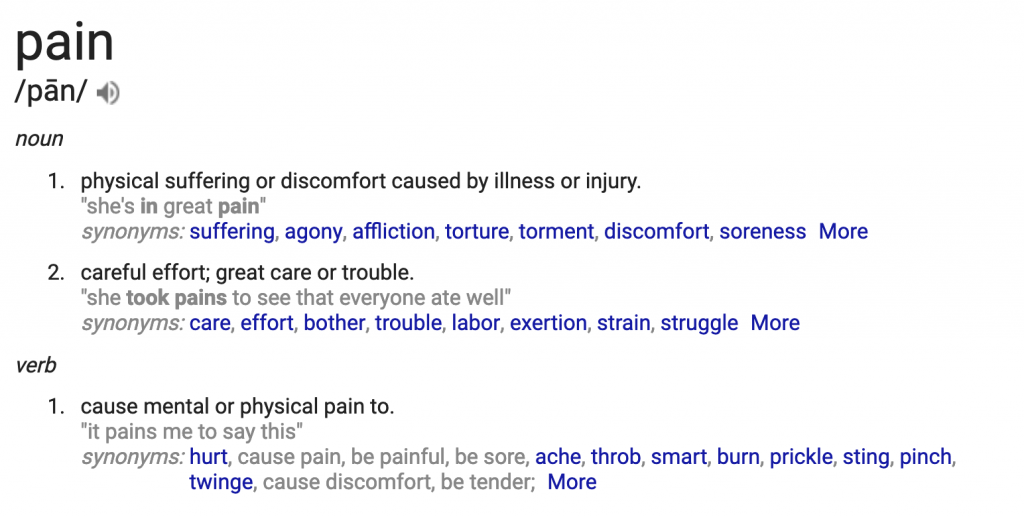WHAT IS THE DIFFERENCE BETWEEN PAIN AND INJURY?

This is a rather cut and dry explanation, so let’s go a bit deeper because we are talking about how pain relates to athletes, and how to know when you have a pain that will limit you to the sidelines or you can train through.
Traumatic Injury: Car crash. Bike wreck. Falling over a log and ending up in the emergency room. These are the injuries that WILL knock you out of contention for some time. Here is the tricky thing about these types of injuries; you may get over them, but the lingering compensation patterns will come back to haunt you later in life if you don’t correct them at the same time you’re coming back from the injury.
Overuse Injury: This is where you feel a twinge in a joint, and you sort of ignore it while trying to do the normal things like icing, mobilizing, etc, and you don’t take time off. Sometimes just taking a few weeks off will rebalance the body. This is why a lot of doctors will send you home with ibuprofen (or its other forms of inflammation blocking sisters) because they know that normally it’s just time that we need to heal. If this is the case you have to sit down to really evaluate not just why the pain is presenting itself, but where it really is originating from in your body. All it takes is a stiff neck from sleeping on a hotel pillow (and all the dehydration from travel, and poor food choices) to trickle down to a low back problem, to even an achilles issue.
Either way, most overuse injuries can be treated rather quickly if you take the time required to let them heal. I’ll use myself as an example.
Last summer I started to get some pain in my right knee. From there I had some swelling on the outside of my knee and on the inside of my lower leg. This was the bursa swelling, and this meant that my kneecap was not tracking properly. I traced it down to my lifting shoes (I am not used to wearing anything with more than a 4mm lift in them, and most times I wear 00mm). I got rid of the shoes, and also changed some movement patterns that were causing it, and it slowly went away. Without taking time off.
Until it came back. Now I am continuing to attempt to trace why one of my quad muscles keeps tightening up, locking the patella, and then causing swelling, which then my patella/joint is not aligned, and I am again hobbling up and down stairs. The rest of the time I’m pain free, but this is a red flag for me. Unfortunately I have 5 more weeks until the final competition that I need to do, and am really hesitant to take time off from training until afterwards. So to balance things out until then I will just avoid squatting and any movement that causes that misalignment to cause pain (which will then lead to swelling), and hope that it heals on it’s own again with some extra loving care.
This was an overuse injury, but it happened because of a knee trauma back when I was 19 years old. It’s also a new injury because it has shown me that I have some major limiters on my right side that need to be addressed if I want to have healthy knees when I get older.
If you have an overuse injury you have to take into account the risk of training on that joint, and the benefits of doing so for the long term. Because that pesky plantar fascia is telling you that something is wrong in the kinetic chain, and that if you don’t address it you will be in crutches when you finally tear that plantar fascia. Always look at the worst case potential when you continue to train on an injury no matter how minor it may seem.
Soreness: This is generally when things feel stiff, sore, and it’s bilateral. Meaning you feel the pain on both sides of the body. You may feel one side more than the other as this is because we all have a dominant side. Even with soreness you need to respect the body. I tend to make sure that I hydrate extra for a few days. Add some extra fish oil, some magnesium spray on the skin (or epsom salt bath), and maybe some light massage. And sleep! Because it’s ok to be sore, but not sore all the time. If you are sore all the time you’re going to have to look into what is in your diet that is causing these symptoms of inflammation, because soreness is the indication of inflammation.
